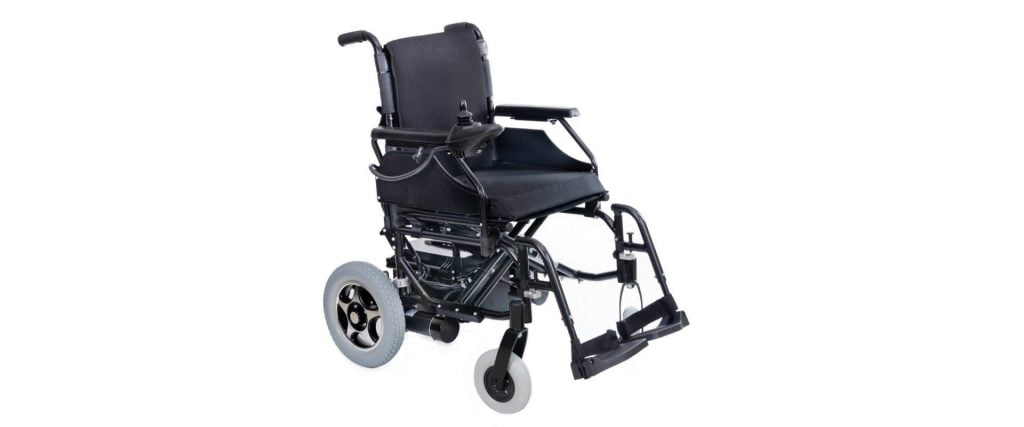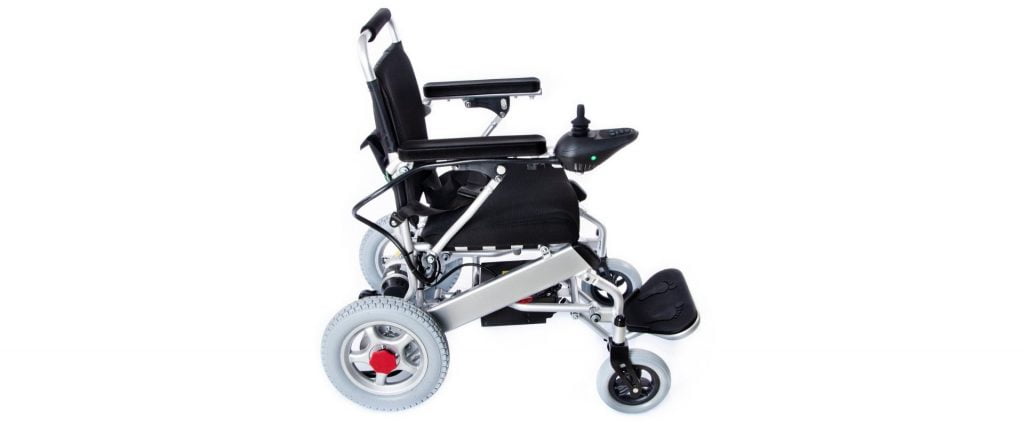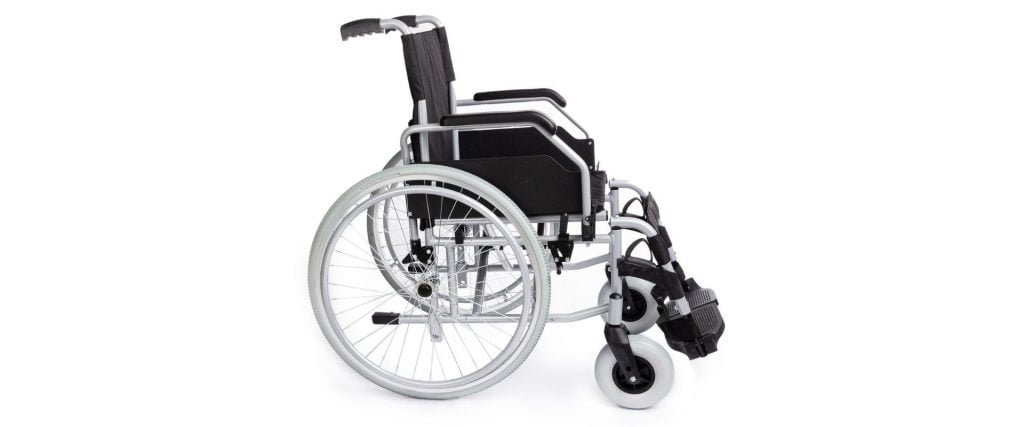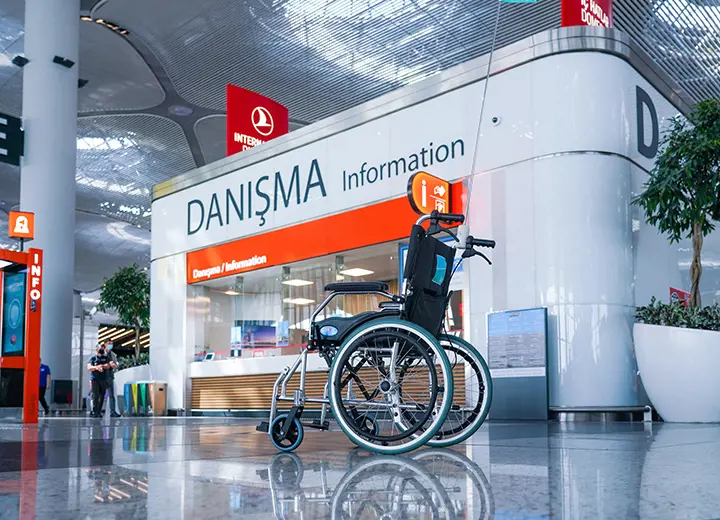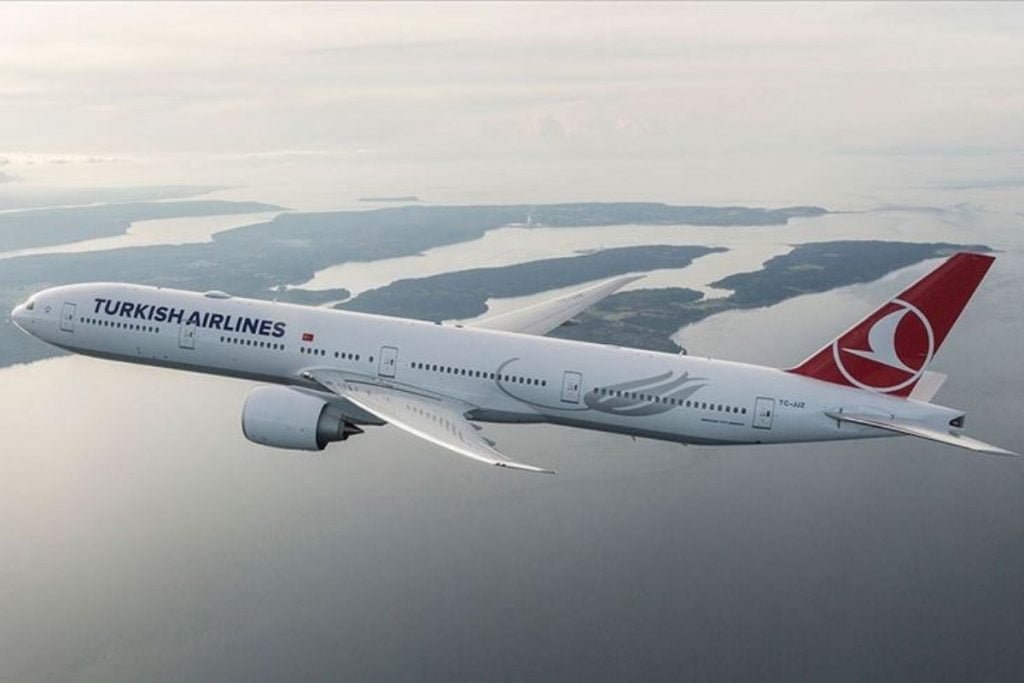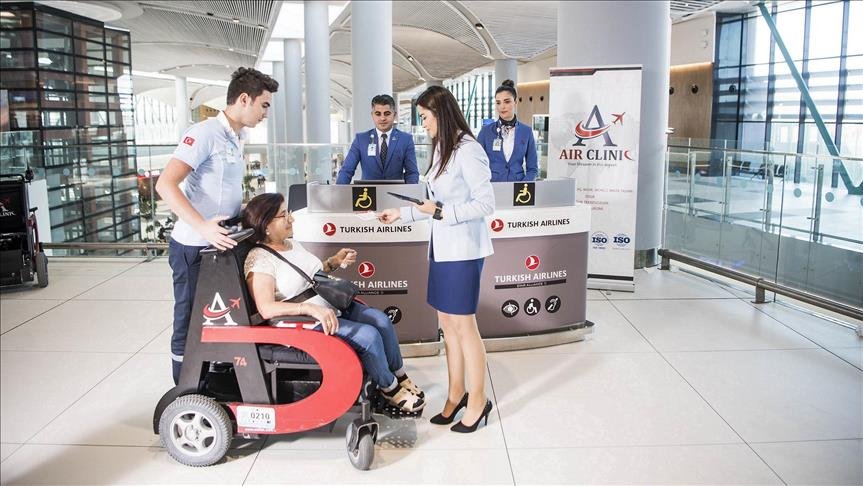

Safe Wheelchair Rental Center
Wheelchair Rental Hub: Affordable Wheelchair Rentals for Any Need.



Mobility for Everyone.


Wheelchair Rental Hub
Did you know that you can reach us 24/7 to assist you? Currently only in Istanbul


Pazar: 09:00-13:00
Wheelchair Rental Istanbul
Are you in need of convenient and dependable wheelchair rental services right here in Istanbul? Your search ends with us! Wheelchair Rental Hub specializes in offering premium mobility solutions tailored to your requirements. Whether you're a tourist seeking to uncover the magic of this city or a local resident who temporarily needs mobility support, our top-tier wheelchair rental services have you covered.
As a company, we provide our guests with wheelchair service that they can safely rent in Istanbul. Whether you rent an electric wheelchair . If you want to rent a manual wheelchair. We are with you during your holiday in Istanbul.
Discover Our Range of Services
Wheelchair Rent Istanbul
Your gateway to exploring the captivating city of Istanbul without any mobility limitations. Our fleet boasts a diverse array of meticulously maintained wheelchairs, ensuring your comfort as you navigate through the city's breathtaking attractions. With our Wheelchair Rent Istanbul service, you'll experience Istanbul's wonders in style and ease.
Wheelchair Rent
Life can present unexpected mobility challenges, but our Wheelchair Rent service is here to provide a swift and efficient solution. Whether your requirement is short-term or extended, our collection of high-quality wheelchairs is at your disposal.
Istanbul Wheelchair Rent
Don't let mobility concerns hinder your exploration of Istanbul's vibrant streets and iconic landmarks. Our Istanbul Wheelchair Rent services grant you the freedom to relish the city's cultural richness without constraints.
Istanbul Wheelchair
Immerse yourself fully in Istanbul's splendor with our Istanbul Wheelchair options. From bustling markets to historical sites, our wheelchairs offer you unrestricted access to the city's treasures.
How can we help you?
كيف يمكننا مساعدتك؟
Как мы можем вам помочь?




